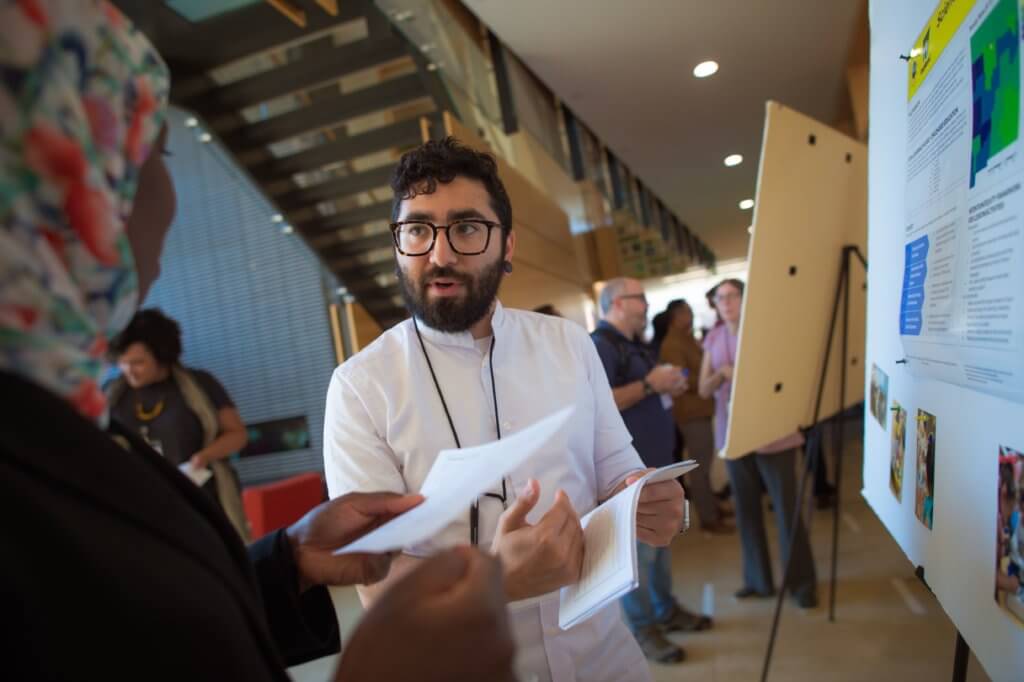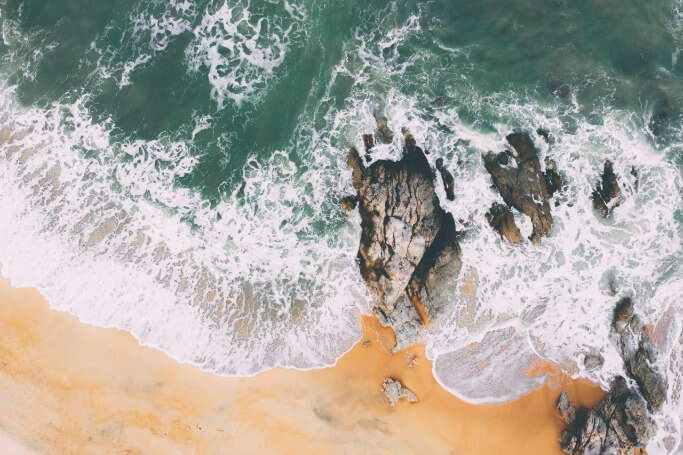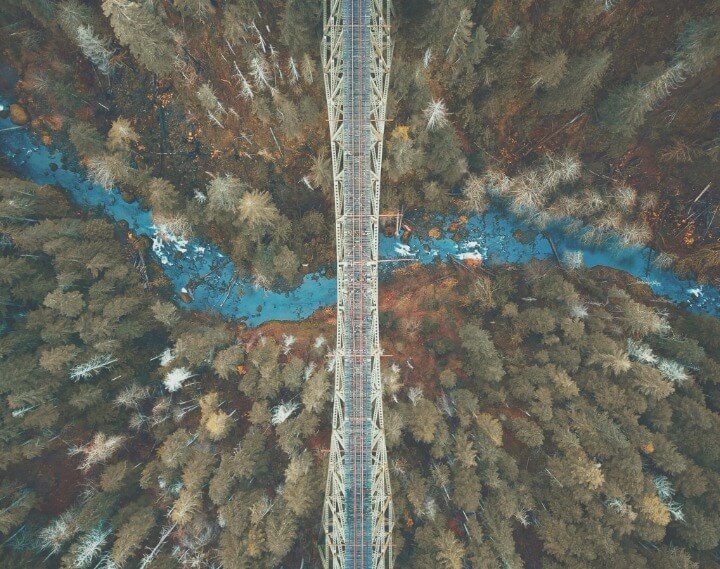Science can have the greatest impact in the world when scientists work in partnership with community leaders and policymakers – and those partnerships require effective, inclusive science communication. But what characterizes inclusive science communication, and who is practicing it?
Hosted by the University of Rhode Island’s Metcalf Institute and organized by a national planning committee, the 2018 and 2019 Inclusive SciComm Symposia were designed to bring together the people doing this work and exploring this space. Planning committee members shared learning from those events in a Frontiers article in early 2020. Building on that work, Dr. Kaytee Canfield and Dr. Sunshine Menezes produced The State of Inclusive SciComm: A Landscape Study in November 2020. The report establishes a baseline for the field and identifies opportunities and challenges for this movement. The 2021 Inclusive SciComm Symposium will be held virtually October 14-16.
We’re excited to highlight this resource for you, and to share insights from an interview with Kaytee and Sunshine!
What do you most want scientists and science leaders to know about what you found?
Kaytee: We want people to be thinking about the three traits of inclusive science communication that are emphasized in the report – intentionality, reciprocity, and reflexivity – as they’re designing their research studies and doing the work. Some questions to always be asking yourself:
- Intentionality – Am I doing this project with intentional awareness about the impacts of my research, how people with various identities are represented within the research, and how it might differentially affect people with marginalized identities?
- Reciprocity – What is the relationship between my research and the community that I’m trying to work with? Have I equitably engaged the relevant communities in the process? Are there clear benefits to the community, not just me?
- Reflexivity – Am I the right person to be doing the research? How can I improve on my practices, methods, and communication efforts to ensure that I am creating inclusive and equitable relationships?
Sunshine: I’ve been trying out parts of this report with my students over the last year. Unbeknownst to them, I’ve been testing some of these ideas and seeing how they respond. I’ve been excited to see how discussing the key traits, these themes that came from our conversations and interviews, can really make people think. It’s powerful to see how the introduction of those concepts can make people sit back and start questioning their processes and assumptions.
One more recommendation that came out of this – early career researchers and communicators are leading this work, though they’re not always recognized for it. When those opportunities to lead are provided right now, they typically come with a lot of strings attached, so they aren’t very meaningful. We saw so much innovation and creativity and such a different mindset among those early-career folks who participated in this study, all of which is essential for this movement to accelerate. The more senior people in these fields need to support the early career researchers and communicators to amplify the work they are doing, and recognize them as the leaders that they already are.
What has the reception been like for the report?
Sunshine: Many people have been reaching out and are interested in having conversations about the report. Not surprisingly, this is landing first with the communities that are deeply engaged with scicomm, and that’s awesome, but there are indications that this is starting to creep out broadly. It’s exactly what we called for in the report, we need to break down the silos between everyone who does this work. We’re starting to see some of that, and we’re actively reaching out to other communities.
 Photo Credit: Gretchen Ertl
Photo Credit: Gretchen Ertl
What surprised you as you did this project?
Kaytee: We tried to be really intentional about the demographics of our participants and speak to a diverse group of people. But in spite of our efforts, we kept finding that women were the ones whose voices were most well-known in this space, and then we did the social network analysis and it was still mostly women. That did surprise us and was hard to correct for.
Something else that surprised us was how many of our participants didn’t see themselves as doing science communication. We have an expansive definition in this report of what science communication is, but others were viewing it more narrowly – for example, folks in the museum space didn’t see themselves as science communicators. For some fields, like researchers and informal science learning educators, they saw the overlap with science communication, but many practitioners didn’t identify with that term. Many people also asked whether “communication” is the right word to be using. Some people think communication is one-way, but others point out that you have to have two people to have a conversation.
What excites you for the future of this work?
Kaytee: Now that we’ve done this landscape, I’m excited to narrow in to how it applies to different communities within this bigger tent. How can we adapt what we’ve learned to be most useful for different communities, people working in boundary spaces? Someone from an extension program contacted me about how they can use and apply this with their students, who don’t identify as scientists. Even with that said, extension staff see how being in that related boundary space makes this report relevant to them.
Sunshine: Everything excites me about it! I’m most excited about all the people doing this work, regardless of what they call it. The goal of the 2018 Symposium was to highlight the people that are out there doing this work and share models and ways to build on what’s been done. We don’t each individually have to recreate the wheel every time. Back then, I saw people doing this work to prioritize inclusivity, but they were working on it alone and in silos. So to go from 2018 to now, where we’re starting to see a sense of community – not a sufficient sense but a real start – I’m just over the moon!



